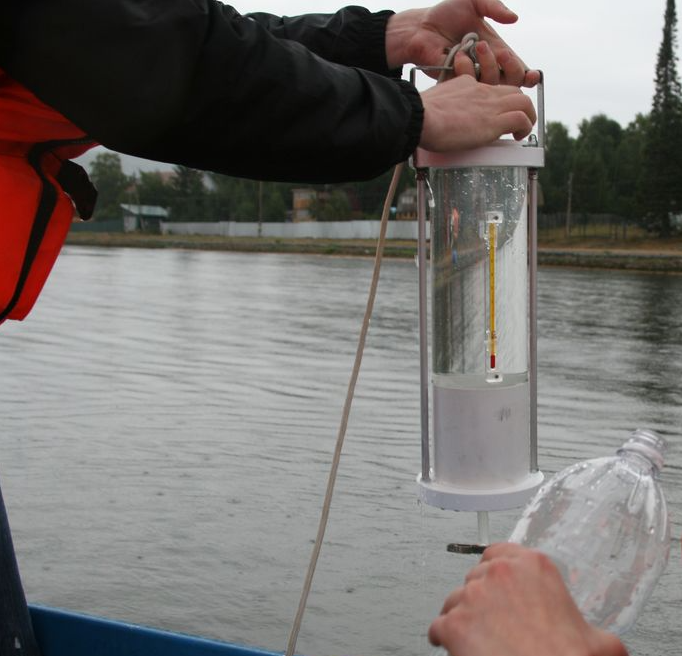When it comes to total nitrogen, it mostly refers to organic nitrogen and inorganic nitrogen in water, such as nitrate nitrogen, dissolved nitrogen, etc. Generally, total nitrogen is used to determine the degree of eutrophication of the detected water body, so it is one of the important parameters used to determine the water quality and self purification capacity. General chemical industry, aquaculture, environmental protection monitoring, sewage treatment and other industries will measure the total nitrogen in water when conducting water quality testing.

Introduction of total nitrogen water quality detector
At present, the detection methods of total nitrogen in water can be roughly divided into ultraviolet spectrophotometry and gas molecular absorption spectrometry. Generally, the water quality of rivers and lakes is monitored mainly by ultraviolet spectrophotometry, which is simple in operation and short in detection time. Gas phase molecular absorption spectroscopy is mostly used in the laboratory. The advantage of this method is that the detection range is smaller and more accurate.Most of the total nitrogen water quality detectors now use ultraviolet spectrophotometry, and there are two kinds of portable and online water quality detectors in terms of use environment. Today, we mainly introduce the portable total nitrogen water quality detector, whose advantages I mentioned earlier are simple operation, short detection time, and portable design is more compact and portable, which is suitable for detection personnel to conduct direct measurement on the outdoor site.
Collect water sample
First prepare the container for collecting water samples. Generally, glass or PP bottles with good chemical stability can be used. Before sampling, rinse the bottle 2-3 times with water sample, and immerse the bottle 20-50cm below the water surface. Then collect the water sample in the bottle, and the liquid level of the water sample shall be no less than 2cm from the bottle stopper. However, water sample collection in different industries should be carried out according to the actual situation.Reagents and equipment used for testing
1. Prefabricated total nitrogen reagent2. Laboratory Grade I Pure Water
3. Total nitrogen water quality detector
4. Beaker
5. Digester
6. Pipette or pipette
7. 2 digestion tubes
Total nitrogen detection steps
1. Take out two digestion colorimetric tubes containing prefabricated reagent A for standby.2. Use the prepared pipette or pipette to add 4mL of water sample and 4mL of pure water into the digestion colorimetric tube respectively.
3. Then add reagent B to two digestion colorimetric tubes respectively, with the dosage of 4 drops.
4. Then put the uniformly mixed reagent digestion colorimetric tube into a 125 ℃ digester for digestion for 30 minutes. After 30 minutes, take out the digestion colorimetric tube and cool it to room temperature.
5. Add two drops of total nitrogen reagent C to the two digestion colorimetric tubes, and shake gently and evenly.
6. Take out two reagent D colorimetric tubes, then use a pipette gun to add 1mL of digested liquid into the corresponding reagent D colorimetric tube, tighten the lid, shake well, and let stand for 15 minutes.
7. Then use a dust-free paper towel or soft cloth to gently wipe the water stains or fingerprints on the reagent D colorimetric tube.
8. First put reagent D containing pure water into the colorimetric tank of the total nitrogen water quality detector for zero calibration, then put reagent D containing water samples into the colorimetric tank for testing, and finally record the test results.
matters needing attention
1. Water samples must be collected according to relevant standards.2. During digestion, the colorimetric tube must be put in when the water temperature reaches 125 ℃.
3. Be sure to mark the color comparison tube to avoid using the wrong color comparison tube to affect the final test result.



